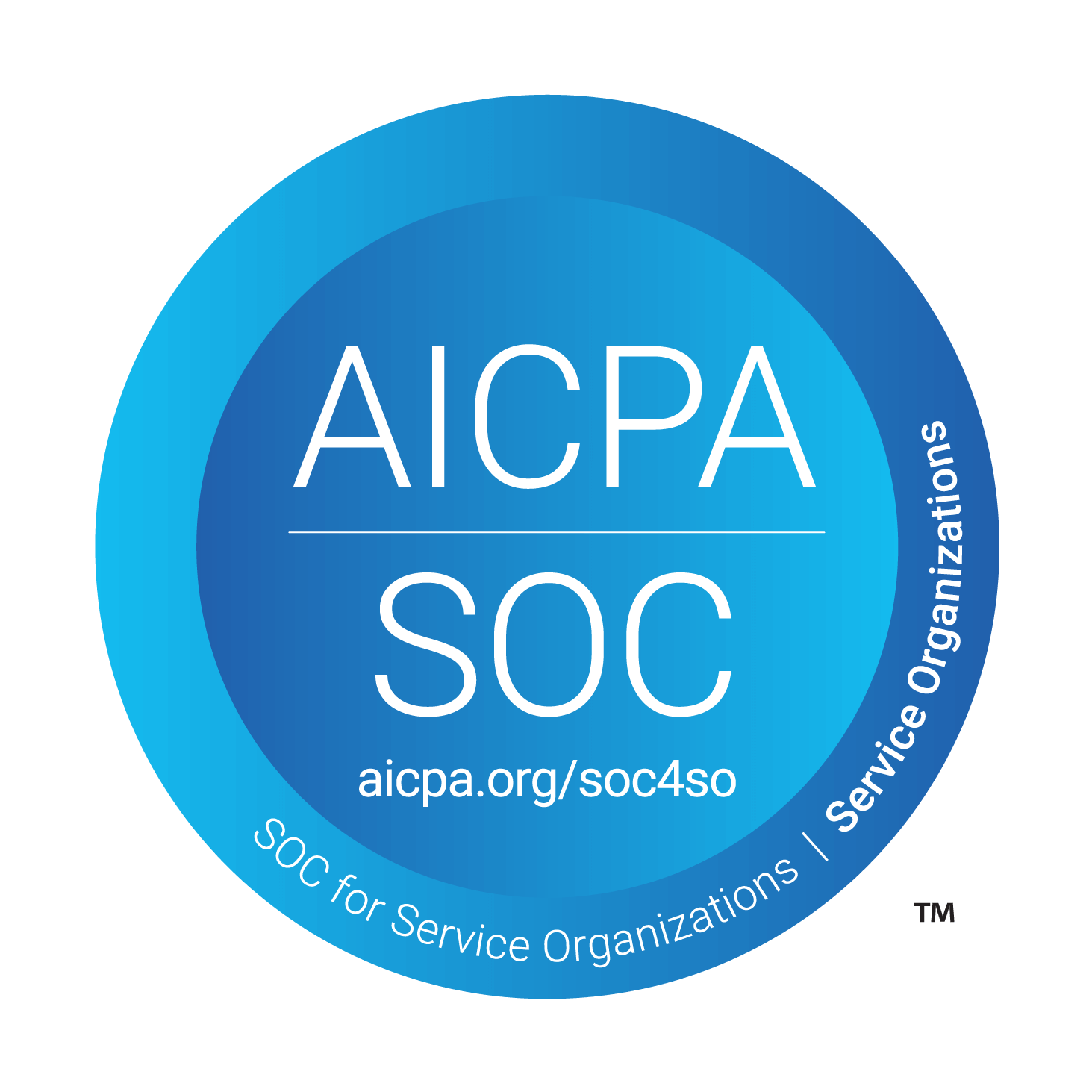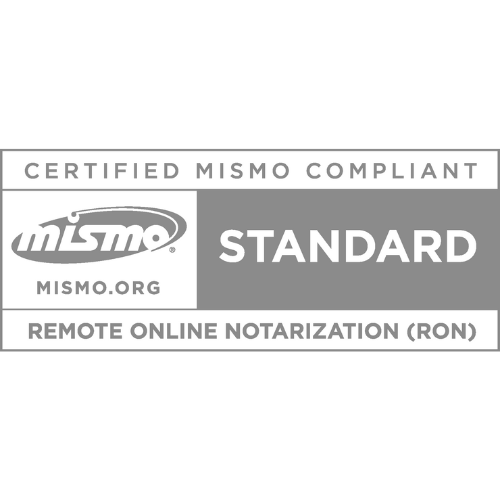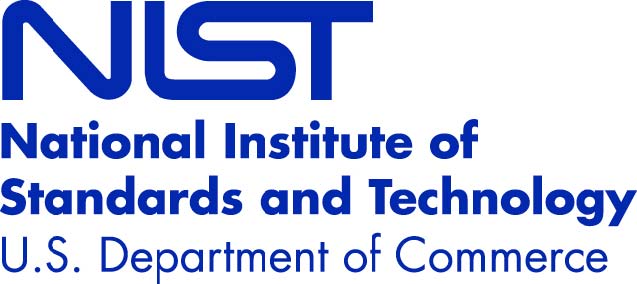Disclaimer: This blog post is for informational purposes only and does not constitute legal advice. Please consult an attorney for guidance on specific laws regarding Remote Online Notarization (RON), digital signatures, and related legal matters. As laws concerning RON and notarization are subject to frequent changes, it is advisable to verify current regulations with your local government.
Managing documents in the insurance industry can often feel complex—applications, claims, endorsements, and policy updates all require careful handling. In many of these situations, notarization in insurance may serve as a key step to validate documents and support compliance with regulatory or internal requirements.
For insurance companies, adopting modern approaches—such as Remote Online Notarization (RON)—can help make notarization in insurance more efficient and accessible. It may add an extra layer of identity verification, assist in reducing fraud, and support smoother workflows, all while helping maintain legal and operational standards.
Why Does Notarization in Insurance Matter?
Notarization in insurance might seem like just another step in the paperwork process—but it can play a valuable role in keeping things secure and reliable. A notary public acts as an impartial witness, appointed by the state to validate someone’s identity and make sure they’re signing a document willingly and knowingly.
That’s especially important in the insurance world, where fraud is an ongoing challenge. From forged signatures to falsified claim forms, bad actors look for ways to take advantage of the system—and it can cost companies and policyholders billions. Notarization in insurance helps reduce that risk by adding a trusted layer of verification.
When documents are notarized, they may hold more weight in court if a dispute ever arises. Because a trained professional confirmed the identity and willingness of the signer, the document becomes harder to challenge. It’s a small step that can offer a big boost in credibility.
There’s also added accountability. Most notaries are required to carry a notary bond—a type of insurance that helps protect the public in case of mistakes or misconduct. That extra layer of protection adds even more confidence when handling sensitive documents.
In short, notarization in insurance can help support trust, reduce risk, and ensure that the right protections are in place when it matters most.
Key Insurance Documents That Often Need a Notary’s Seal
Not every document in the insurance process needs to be notarized—but for certain forms, notarization may be required or strongly recommended. Missing this step could delay processing or, in some cases, affect the legal validity of the document, potentially complicating policy enforcement or claims resolution.
Here are several types of insurance documents where notarization in insurance may often come into play:
- Affidavits: These sworn statements are used to confirm facts—such as a vehicle theft report or a declaration that no other coverage exists. Notarization helps verify that the person making the statement has sworn to its accuracy under penalty of perjury.
- Claims Forms: For larger claims, such as life insurance payouts or major property losses, notarizing the form may help confirm the claimant’s identity and the truthfulness of the statement, which can support faster and more accurate processing.
- Release Forms: When a claim is settled, the claimant typically signs a release form agreeing not to pursue further compensation. Notarizing this document helps confirm that the agreement was signed knowingly and voluntarily—helping avoid future disputes.
- Beneficiary Designation Forms: Updating or changing the beneficiary on a life insurance policy is a serious action. Notarization may help prevent unauthorized changes and ensure that the policyholder’s wishes are clearly documented and respected.
- Power of Attorney (POA): When someone authorizes another individual to manage insurance matters on their behalf, the POA document may need to be notarized to confirm that the signer granted that authority intentionally and without coercion.
- Policy Applications: Some high-value or specialized policies—especially in business or commercial contexts—may require notarized applications, depending on state regulations and underwriting requirements.
- Settlement Agreements: These documents finalize the details of a claim settlement. Notarization can help reinforce their legal standing by verifying the signer’s identity and intent.
- Subrogation Agreements: When an insurer seeks to recover funds from a third party after paying a claim, notarized agreements may help solidify the terms and ensure enforceability.
- Consent Forms: Releasing sensitive information, such as medical records for a health or disability claim, often requires the policyholder’s notarized consent to confirm authorization.
- Title Transfers: When ownership of a vehicle or property changes—such as during a sale, inheritance, or total loss payout—related forms may require notarization to ensure accuracy and legitimacy in the transfer.
Because notarization requirements vary by document type, state law, and the signer’s location, it’s always a good idea to check your company’s procedures and applicable legal standards. Notarization in insurance isn’t just about checking a box—it can play an important role in helping reduce risk, improve documentation integrity, and maintain compliance.
The Traditional Approach: In-Person Notarization
Most people are familiar with the traditional approach to notarization. When a document needs to be signed and officially witnessed, the signer typically seeks out a commissioned notary public—often located at a bank, credit union, library, or shipping center.
This process requires the signer to appear in person during the notary’s available hours, bringing an unsigned document along with valid government-issued photo identification. The notary reviews the ID, observes the signing, logs the event in their official notary journal, and then applies their physical stamp or seal to complete the process.
While this method has long been the standard and offers a formal, trusted process, it may present challenges in today’s fast-moving insurance environment. Coordinating schedules, traveling to a notary, or stepping away from work can introduce friction—especially when timing matters.
These same hurdles can affect both your clients and your internal teams. Whether notarizing a claims form, a policy update, or other critical documentation, delays in securing in-person notarization may slow down important transactions and impact the overall customer experience.
Challenges with Traditional Pen-and-Paper Notarization
While traditional pen-and-paper notarization has long been a trusted method, it may introduce unnecessary friction in today’s fast-paced, digital-first environment. For example, customers filing an urgent claim—whether after a car accident or property damage—might face logistical barriers. They may live far from the nearest notary or have mobility issues that make in-person appointments difficult to arrange.
Scheduling with a notary can sometimes take days, depending on availability, which may extend claims processing timelines. This delay can increase frustration and even lead to added costs, such as longer stays in temporary housing or delayed repairs. There’s also the risk of physical documents being lost, damaged, or intercepted when sent through the mail or between offices.
These challenges don’t stop with policyholders. Internally, coordinating notarizations across multiple branches or with remote employees may create added operational strain. Managing large volumes of paper records—while ensuring security and compliance—can be both time-consuming and costly.
For insurers focused on efficiency, customer satisfaction, and streamlined workflows, these traditional methods may no longer be the most practical option.
Streamlining Workflows with Online Notarization in Insurance
Online notarization—specifically Remote Online Notarization (RON)—offers a practical way for insurance companies to modernize how notarized documents are handled. This technology may help reduce many of the delays, coordination challenges, and manual steps that come with traditional notarization methods.
Imagine a policyholder who needs to complete a critical claim form after a covered loss. With RON, they may be able to connect with a commissioned notary online—often within minutes and outside of standard business hours—using just a smartphone or computer with a camera and internet connection. There’s no need to travel, schedule in-person appointments, or wait for physical paperwork to be mailed.
This added flexibility can help accelerate key processes, such as claims resolution or policy updates, while supporting a more seamless customer experience. At the same time, online notarization in insurance may reduce operational overhead tied to printing, shipping, and document tracking—benefiting both insurers and the people they serve.
Benefits Beyond Speed
The advantages of Remote Online Notarization (RON) can go well beyond just speeding things up. For insurance companies, adopting RON may offer improvements across multiple areas—supporting security, compliance, and customer service.
- Stronger Security Measures: RON platforms often use identity verification methods that can be more rigorous than traditional in-person checks. These may include dynamic knowledge-based authentication (KBA) questions—like confirming previous addresses—and advanced digital ID analysis of government issued photo ID that can help detect forgeries or alterations.
- Better Record Keeping: RON typically automatically generates secure digital records, including electronic notary journals and video recordings of each notarization session. This creates a comprehensive audit trail that’s typically more reliable and easier to manage than handwritten logs. Many platforms also maintain transparent trust centers that outline their data handling and storage policies.
- Greater Accessibility: RON can remove location as a barrier. Customers can complete notarizations from virtually anywhere with internet access and a computer with audio-visual capabilities—ideal for those traveling, deployed overseas, living abroad, or dealing with mobility or health challenges. This flexibility may significantly improve the customer experience.
- Fewer Errors: Digital platforms often guide users through each step of the notarization process, helping reduce common mistakes like missed signatures or incorrect dates. Fewer errors can mean less time spent correcting documents and more time focused on serving policyholders.
- Cost Efficiency: Although fees may be associated with RON, the overall cost savings can be substantial. Insurance companies may reduce spending on paper, printing, mailing, staff coordination, and error correction—making RON a potentially cost-effective investment over time.
Integrating RON into your insurance workflows requires thoughtful planning, but the potential benefits—ranging from improved accuracy to stronger compliance—can be well worth the effort.
Let’s compare the two methods side-by-side:
| Feature | Traditional Notarization | Remote Online Notarization (RON) |
|---|---|---|
| Location Requirement | Signer and Notary must be physically present together. | Signer and Notary connect via secure audio-visual link; can be anywher with internet connection |
| Speed & Convenience | Requires travel, scheduling, limited to business hours; potentially slow. | Available 24/7 from anywhere, connects in minutes; very fast and convenient. |
| Identity Verification | Visual ID check, subjective assessment by notary. | Multi-factor authentication (KBA, credential analysis), visual check via video. Often more rigorous. |
| Record Keeping | Handwritten paper journal, physical stamp/seal. Vulnerable to loss/damage. | Secure electronic journal, tamper-evident digital seal, full video recording. Robust audit trail. |
| Security Against Fraud | Relies heavily on notary diligence; potential for forged IDs or coercion. | Layered security, digital tamper evidence, recorded session provides strong evidence. Generally more secure. |
| Accessibility | Challenging for remote, immobile, or traveling individuals. | Highly accessible regardless of location or physical limitations. |
| Error Rate | Prone to manual errors (missed signatures, incorrect dates). | Platform guidance minimizes errors; easier validation. |
Integrating RON into Your Operations
Bringing RON capabilities into your existing insurance workflows can be more straightforward than you might anticipate. Many specialized RON providers offer comprehensive solutions specifically designed for business use. These often include intuitive web-based dashboards for easily managing notarization requests, tracking document status in real-time, and accessing completed, notarized documents and associated records.
For deeper integration, some leading notarization platforms provide Application Programming Interfaces (APIs). APIs can allow your IT team to embed RON functionality directly into your company’s core systems. For instance, an insurance agent could initiate a remote online notarization session directly from within your claims management software or policy administration system with just a few clicks.
This level of integration creates a truly seamless user experience for both your internal staff (like claims adjusters or underwriters) and your customers. It eliminates the need to switch between different applications or websites, saving time and reducing potential confusion. The digitally notarized documents can then flow automatically back into your system, fully executed, secure, and ready for the next step in the workflow, improving overall business insurance process efficiency.
Choosing the right provider involves evaluating their platform’s features, security protocols, compliance with relevant state laws, ease of use (including mobile app availability), and pricing structure. Consider requesting demos and reviewing case studies from other insurance or financial services clients. Staff training will also be necessary to ensure smooth adoption.
Real-World Insurance Uses for RON
Let’s revisit some specific insurance scenarios and see how RON provides tangible benefits.
Consider life insurance beneficiary designation changes. This is a highly sensitive process where verifying the policyholder’s identity and intent is paramount. Using RON can allow the policyholder to securely verify their identity through multi-factor authentication and sign the change form from anywhere, at any time, with a complete audio-visual recording capturing their clear consent, safeguarding against future claims or disputes.
For complex disability or casualty insurance claims, claimants might need to provide multiple affidavits, medical release forms, or proofs of loss. Coordinating multiple in-person notarizations for someone potentially dealing with significant health challenges or displacement after an event can be incredibly burdensome. RON can offer a compassionate, efficient alternative that can help remove logistical barriers and speed up their access to crucial benefits when a loss claim is filed.
Even routine tasks, like obtaining signatures on final settlement agreements for auto insurance or general liability claims, can become significantly faster. Instead of the delays caused by mailing physical documents back and forth (print, sign, find notary, mail back, process), you can finalize settlements entirely online in a single session. This helps to improve operational cash flow for the insurer and gets funds into the hands of claimants much sooner, while also helping to enhance their overall experience after a claim arises.
Similarly, in real estate transactions involving property insurance or title transfers, RON can help expedite closings by allowing parties in different locations to sign necessary documents quickly and securely. This convenience benefits insurance agents, lenders, title companies, and consumers alike.
Staying Compliant
While RON is widely adopted and legally recognized across most of the U.S., compliance is still key. Notarization laws are established and regulated at the state level. It’s essential to ensure that the RON platform you choose adheres strictly to the specific requirements of the states where your signers are located and where your notaries are commissioned.
It is also vital to remember the specific function of the notary public, whether in-person or remote. Their crucial role is to witness the signing and verify the signer’s identity, not to provide legal advice or explain the content of the insurance documents themselves. Always ensure clients fully understand the insurance policy details or settlement terms they are signing before the notarization session begins.
We recommend partnering with a reputable RON provider to help maintain compliance. Established providers stay constantly updated on evolving state regulations and national standards (like those from MISMO for mortgage-related documents). They often build necessary compliance features directly into their notarization platforms, helping your organization leverage the benefits of RON confidently and minimize risks associated with notary errors or non-compliance.
While RON platforms have safeguards, understanding the role of notary insurance and the protections it offers is part of the broader compliance picture.
Embracing the Future of Notarization in Insurance
As the insurance industry continues to evolve, so do the expectations of policyholders, agents, and internal teams. Remote Online Notarization (RON) may not be a one-size-fits-all solution, but for many insurers, it represents a significant opportunity to modernize workflows, reduce friction, and support a more secure, accessible customer experience.
By rethinking how notarization in insurance is handled—from policy applications to claim settlements—organizations may be better positioned to improve efficiency, strengthen compliance, and respond more effectively in time-sensitive or high-impact scenarios.
Integrating RON thoughtfully, with attention to legal requirements and operational alignment, can help insurers not only keep pace with a digital-first environment, but also demonstrate a commitment to innovation, transparency, and client care.
As your organization considers its approach to notarization, now may be the right time to explore how Remote Online Notarization fits into your broader digital strategy—helping to make everyday processes more resilient, responsive, and ready for what’s next.
Frequently Asked Questions About Notarization in Insurance
What types of insurance documents most commonly require notarization?
Notarization may be required or recommended for documents such as affidavits, beneficiary designation forms, power of attorney (POA) documents, claim release forms, policy applications for high-value coverage, and subrogation agreements. Requirements can vary based on the type of insurance, document purpose, and applicable state regulations.
How does Remote Online Notarization (RON) help insurance companies?
RON may offer insurers greater speed, security, and convenience when handling notarized documents. It can help reduce delays in processing claims or policy changes, lower error rates, support stronger identity verification, and improve accessibility for both customers and internal staff—especially in remote or urgent situations.
Is RON legally valid for insurance documents?
In most U.S. states, RON is legally recognized and enforceable, but it’s important to follow state-specific laws where the notary is commissioned and where the signer is located. Insurers should ensure the platform they use complies with all relevant legal and regulatory requirements.
Can RON reduce operational costs for insurers?
Yes, potentially. While there may be upfront or per-transaction fees, many insurers find that RON can reduce costs related to paper, mailing, document storage, staff coordination, and error correction. Over time, these savings may improve efficiency and reduce administrative burdens.
How can insurers integrate RON into their existing systems?
Many RON providers offer web-based platforms and API integrations that can be embedded into claims management or policy administration systems. This allows staff to initiate and manage notarizations without leaving their primary workflow, helping to streamline operations and improve the customer experience.








 Your Privacy Choices
Your Privacy Choices


